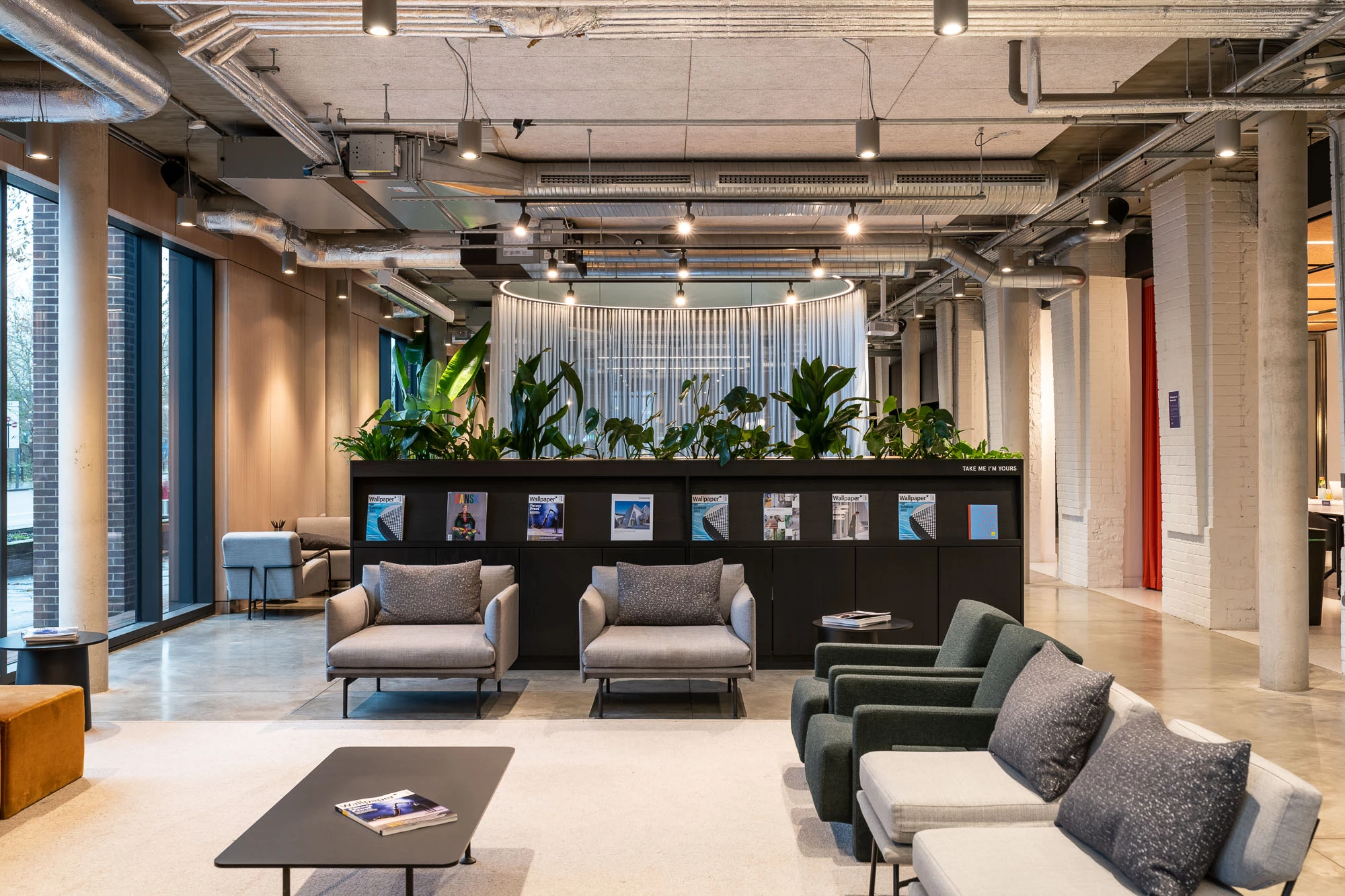
Partner Article
Navigating hybrid workspaces - 6 tips to approach office scouting in 2023
Sam Dawson Managing Director - Flexible Advisory at Kontor
With hybrid working as the new norm, startups and scaleups must navigate the complexities of melding remote and in-office work environments. To help strike the right balance, we’ve identified six core criteria to keep in mind when designing an inviting, productive, and future-proof workspace.
1. Decipher the different office types
Different types of office spaces—flexi, managed, and leased—cater to diverse business needs. A ‘flexi’ office offers low-commitment flexibility, a ‘managed’ space provides certain amenities, and a ‘leased’ office is a more long-term arrangement. Deciding on the right setup can be challenging, especially for those with a hybrid model. Businesses may initially opt for a flexi office due to its low-commitment nature, eventually transitioning to a more permanent leased space. Conversely, some may start with a leased space, planning for the long term from the outset.
The next consideration involves deciding between the benefits of less space for the short term and more space for the long term. Taking a larger office at the outset doesn’t necessarily mean you have to fill it with desks right away. The extra space can be creatively used for team break-out areas, event hosting, or even introducing plants to add natural elements that can positively impact well-being.
2. Address noise challenges ahead of time
In workplaces spanning multiple sites or catering to global teams, simultaneous communication is a given. Modern office designs have recognised this, as proven by the rising demand for phone booths and separate meeting rooms. About 90% of Kontor’s clients specify these features in their requirements, indicating a trend that office providers are actively addressing within workspace design. As a general guideline, one phone booth and meeting room will accommodate a twenty-person space, whereas a fifty-person space would benefit from at least three of each.
3. Plan inclusively
Some individuals might find the bustling office environment overwhelming or distracting. It’s vital to design an office that caters to everyone’s needs, not just the majority. Consider incorporating quiet zones for deep work, customisable workstations, and softer lighting to enhance focus.
Proactively seeking feedback from team members on the office setup via open forums or pulse surveys is another often-overlooked yet essential step.
4. Prioritise sustainability and well-being
Office providers and landlords are elevating their focus on sustainability and well-being, integrating these elements into their core brand values and mission. They’re adopting features like dedicated wellness studios, white noise devices for sound control, and biophilic design, which, simply put, focuses on nature, to enhance employee well-being.
Leading providers like The Office Group (TOG) and Uncommon are standardising amenities like on-site gyms and dedicated wellness rooms, responding to the growing demand from businesses. The Office Group’s Chancery House has even dedicated a large chunk of its lower ground floor to this initiative, complete with yoga studio, saunas and a recharge room.
5. Strengthen company culture
For businesses with teams in different locations, particularly those spread across global sites, it’s essential to maintain a sense of community within the workplace. Implementing a consistent design across various offices, hosting regular team gatherings and welcoming new team members with orientation events are just a few methods to achieve this.
6. Don’t compromise on quality
A best-in-class office environment can significantly enhance collaboration, encouraging employees to return to the workplace, potentially with more benefits than in the pre-pandemic era. Slack’s 2023 State Of Work Report indicates that 22% of respondents feel that excessive workplace chaos hinders productivity. A meticulously designed office environment can be a solution. Multi-purpose offices, which double as creative studios, can also be instrumental in attracting and retaining top talent.
In 2023, hybrid work is not just a trend but a structural shift, and as businesses evolve, so must the spaces they occupy. Keeping these few tips in mind could make the difference between a functional workspace and a transformative one.
This was posted in Bdaily's Members' News section by Kontor .
Enjoy the read? Get Bdaily delivered.
Sign up to receive our popular morning London email for free.






 A legacy in stone and spirit
A legacy in stone and spirit
 Shaping the future: Your guide to planning reforms
Shaping the future: Your guide to planning reforms
 The future direction of expert witness services
The future direction of expert witness services
 Getting people into gear for a workplace return
Getting people into gear for a workplace return
 What to expect in the Spring Statement
What to expect in the Spring Statement
 Sunderland leading way in UK office supply market
Sunderland leading way in UK office supply market
 Key construction developments in 2025
Key construction developments in 2025
 Mediation must be part of planning process
Mediation must be part of planning process
 From apprentice to chief financial officer
From apprentice to chief financial officer
 Don't stifle growth with apprenticeship cuts
Don't stifle growth with apprenticeship cuts
 The start-up landscape: What lies ahead in 2025
The start-up landscape: What lies ahead in 2025
 JATCO adds welcome drive to automotive sector
JATCO adds welcome drive to automotive sector